Ancient empires and how they fell, explained
Throughout history, empires have risen to great heights only to eventually crumble into oblivion. These ancient powerhouses shaped civilizations, leaving behind legacies of innovation and culture.
From the fertile crescent of Mesopotamia to the sun-drenched terraces of the Inca, each empire tells a tale of ambition, ingenuity, and often, an inevitable downfall. Let’s embark on a journey to explore these fascinating stories of rise and fall.
The Mesopotamian Marvels: Sumerians and Their Downfall
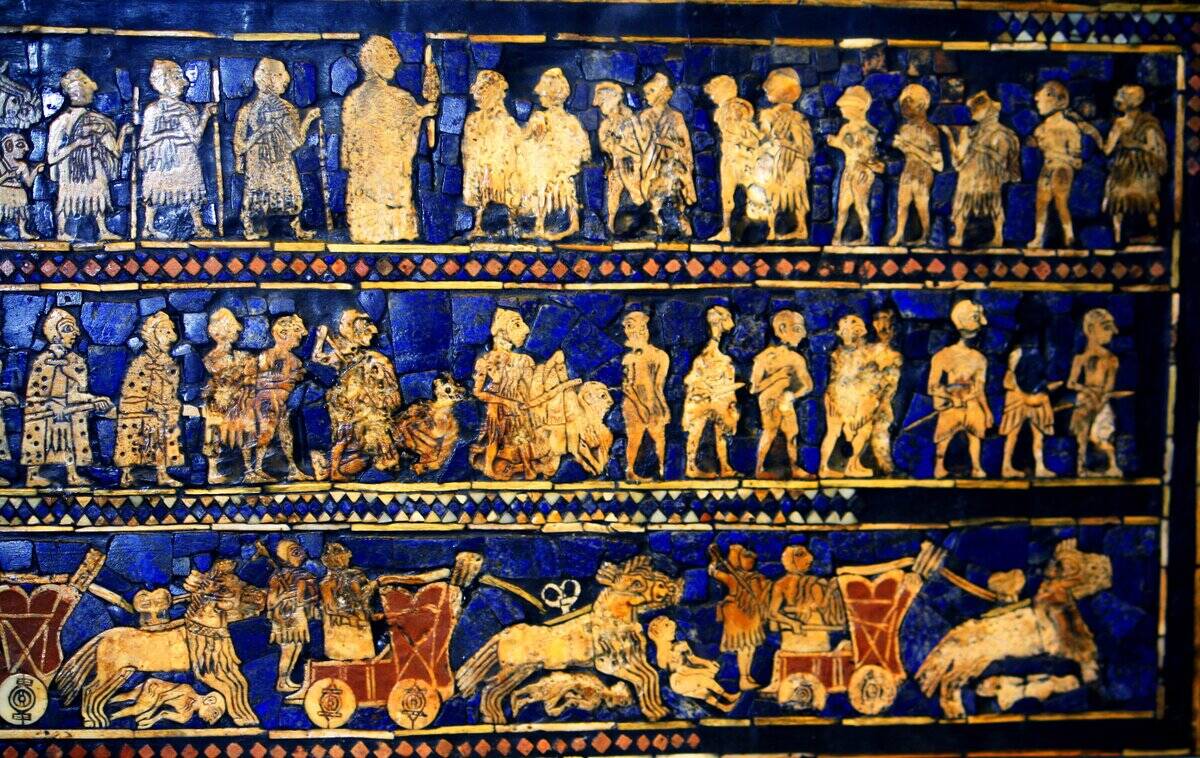
The Sumerians were pioneers of civilization, credited with creating the world’s first writing system, cuneiform. Their innovations didn’t stop there; they developed complex irrigation systems to harness the unpredictable Tigris and Euphrates rivers.
However, the lack of natural defenses made them vulnerable to invasions, leading to their decline. The Akkadians, under Sargon the Great, eventually absorbed the Sumerian city-states, marking the end of Sumerian dominance.
Egypt’s Eternal Kingdom: From Pharaohs to Fallacies

Egypt, the land of the Pharaohs, thrived for millennia with its impressive pyramids and temples. The kingdom’s stability was largely due to the Nile’s predictable flooding, which ensured bountiful harvests.
However, internal strife and external invasions, such as those by the Hyksos and later the Assyrians, chipped away at Egypt’s power. By the time of Cleopatra, Egypt was a shadow of its former grandeur, eventually falling to Roman conquest.
The Minoans: A Civilization Lost to the Sea

The Minoans, based on the island of Crete, were a sophisticated society known for their vibrant frescoes and advanced architecture. They built elaborate palaces like Knossos, which showcased their wealth and artistic prowess.
Yet, their civilization is believed to have been severely impacted by a volcanic eruption on Thera (modern Santorini), followed by invasions from the Mycenaeans. This combination of natural disaster and conflict led to their mysterious decline.
The Mighty Hittites: Masters of Iron and Mystery
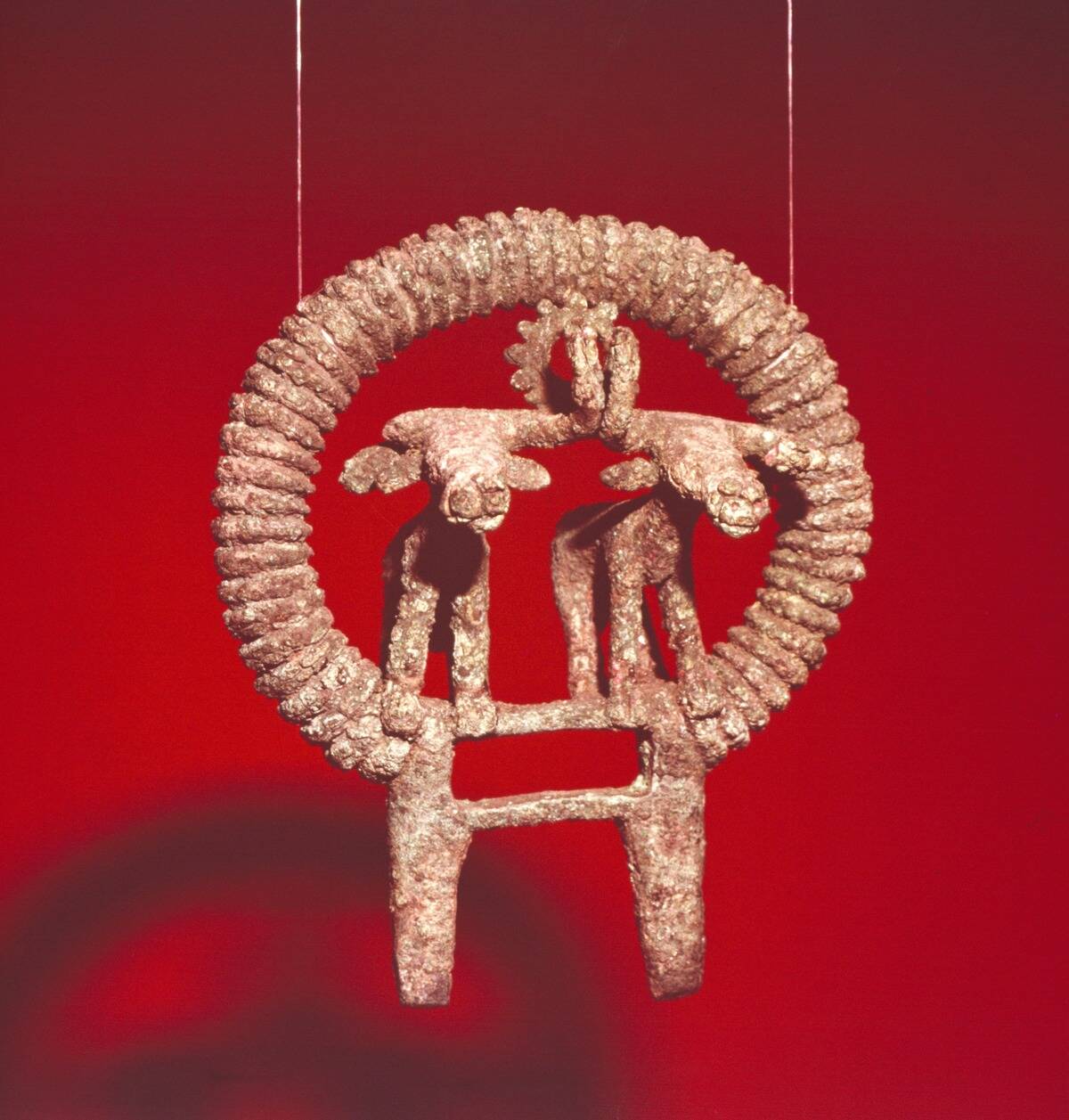
The Hittites were among the first to work with iron, giving them a technological edge in warfare. Their empire, centered in Anatolia, was a formidable force in the ancient Near East.
The Hittites were also known for their legal innovations, with codes that were surprisingly fair for the era. However, their downfall is shrouded in mystery, likely due to a combination of internal strife, invasions, and the eventual rise of the Assyrian Empire.
The Assyrian Empire: Conquerors of the Ancient World
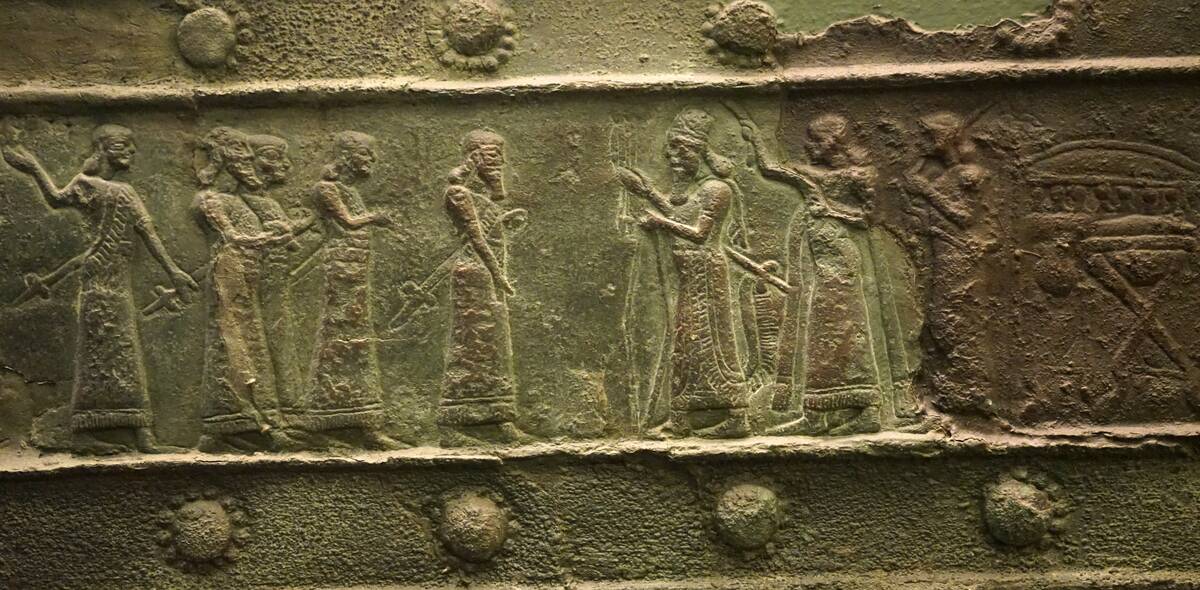
The Assyrians were known for their military prowess and architectural achievements. They built an empire that stretched from Egypt to Persia, with capitals like Nineveh showcasing their grandeur.
The Assyrians employed innovative siege tactics and iron weaponry to dominate their neighbors. However, their reliance on fear as a tool of governance led to widespread resentment, and a coalition of Babylonians and Medes ultimately toppled their mighty capital in 612 BCE.
Babylon: From Hammurabi’s Code to Nebuchadnezzar’s Folly
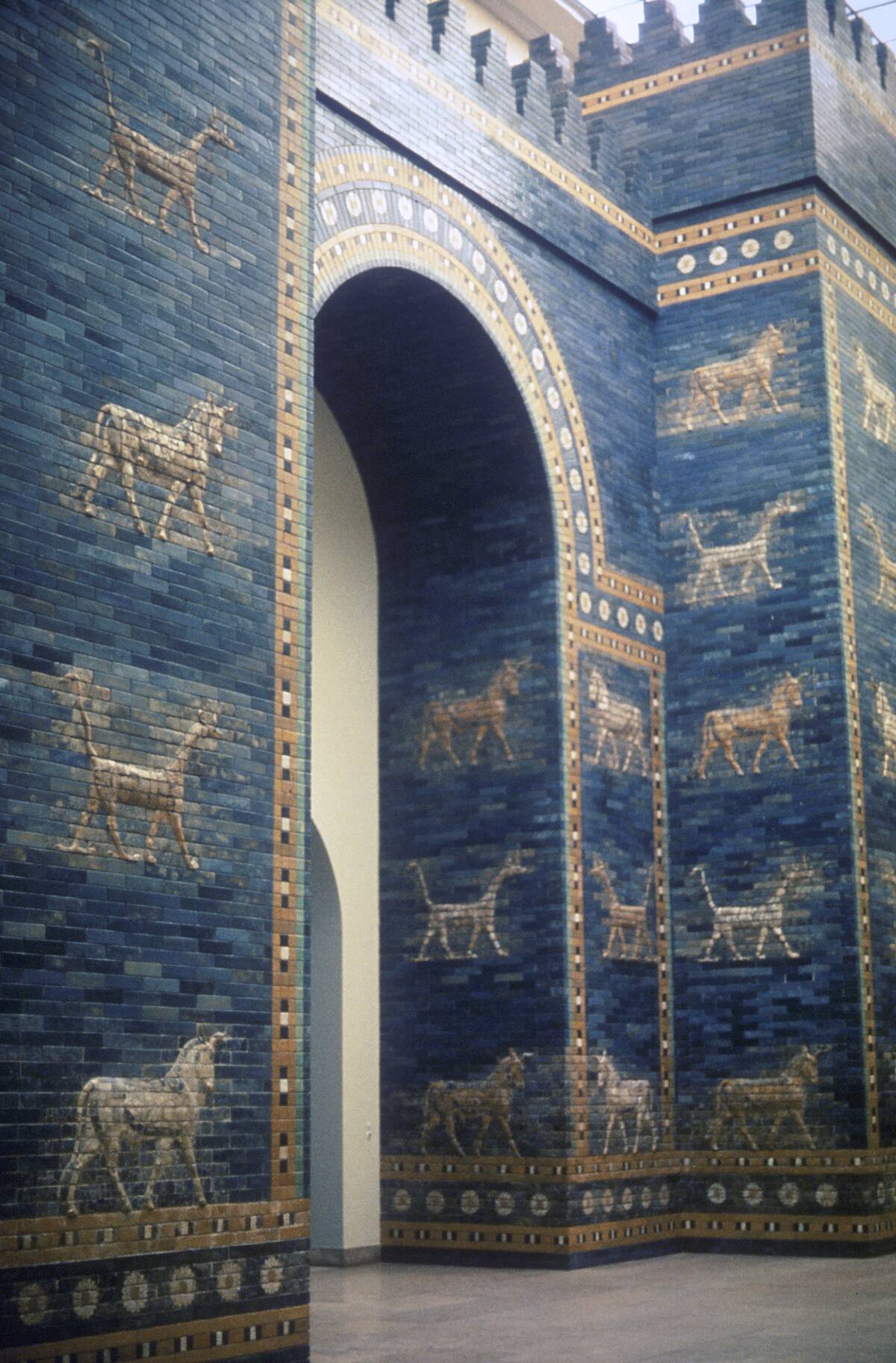
Babylon flourished under Hammurabi, who established one of the earliest known legal codes, emphasizing justice and retribution. The city later saw a resurgence under Nebuchadnezzar II, who famously constructed the Hanging Gardens, one of the Seven Wonders of the Ancient World.
Despite these achievements, Babylon’s grandeur was short-lived. The empire fell to the Persians under Cyrus the Great, as internal divisions and external pressures proved too great to withstand.
Persia’s Grand Ambitions: The Rise and Fall of the Achaemenid Empire
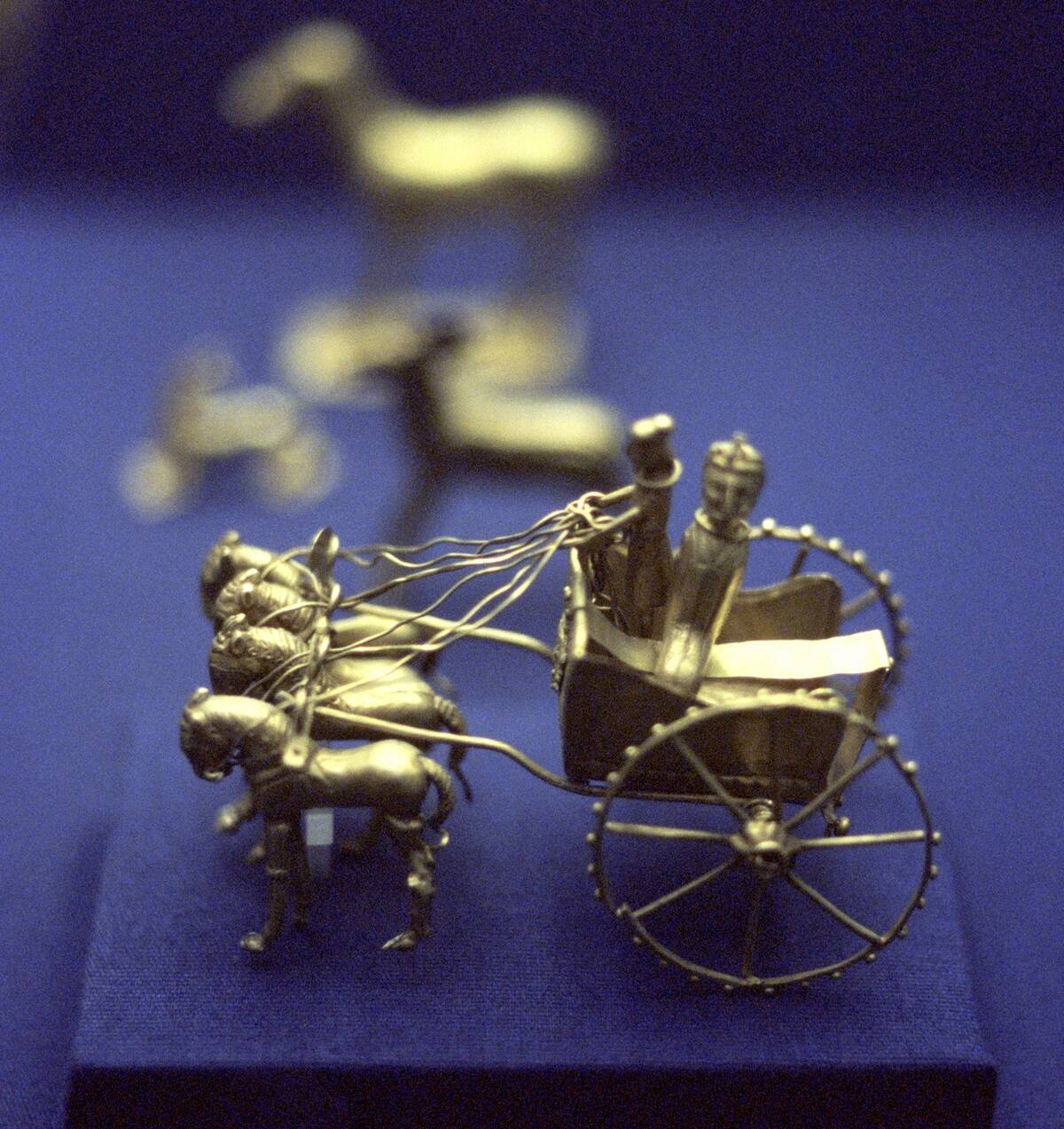
The Achaemenid Empire, under leaders like Cyrus the Great and Darius I, expanded to become one of the largest empires in history. They implemented efficient administrative systems and respected the cultures of conquered peoples, fostering relative stability.
However, their overexpansion led to logistical challenges, and the Greeks, under Alexander the Great, eventually conquered Persia. This marked the end of Achaemenid dominance, although Persian culture continued to influence the region.
The Greek City-States: A Tale of Democracy and Discord
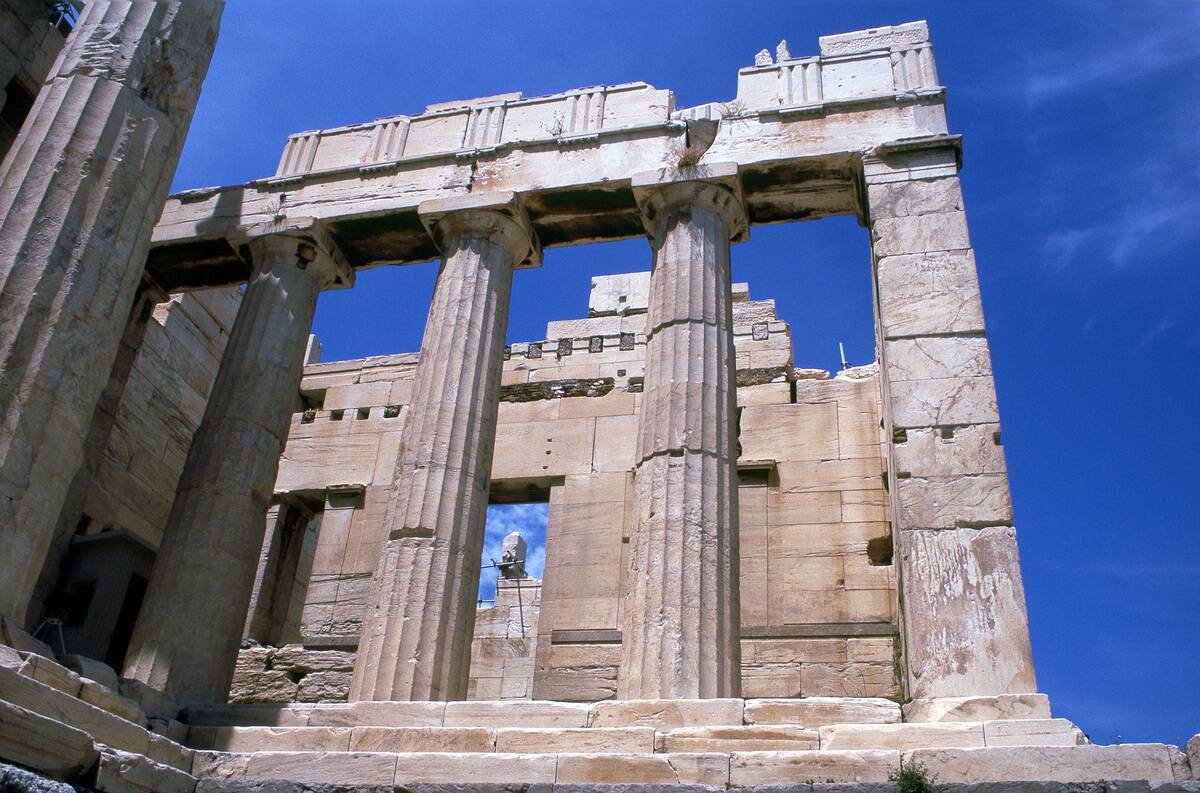
Ancient Greece was a tapestry of city-states, each with its own government and culture. Athens is heralded for developing democracy, while Sparta was renowned for its military discipline. Despite their achievements, constant infighting weakened the Greek states.
The Peloponnesian War between Athens and Sparta left Greece vulnerable, paving the way for Macedonian dominance under Philip II and later, his son Alexander. The legacy of Greek culture, however, endures to this day.
Alexander the Great: The Empire That Couldn’t Last
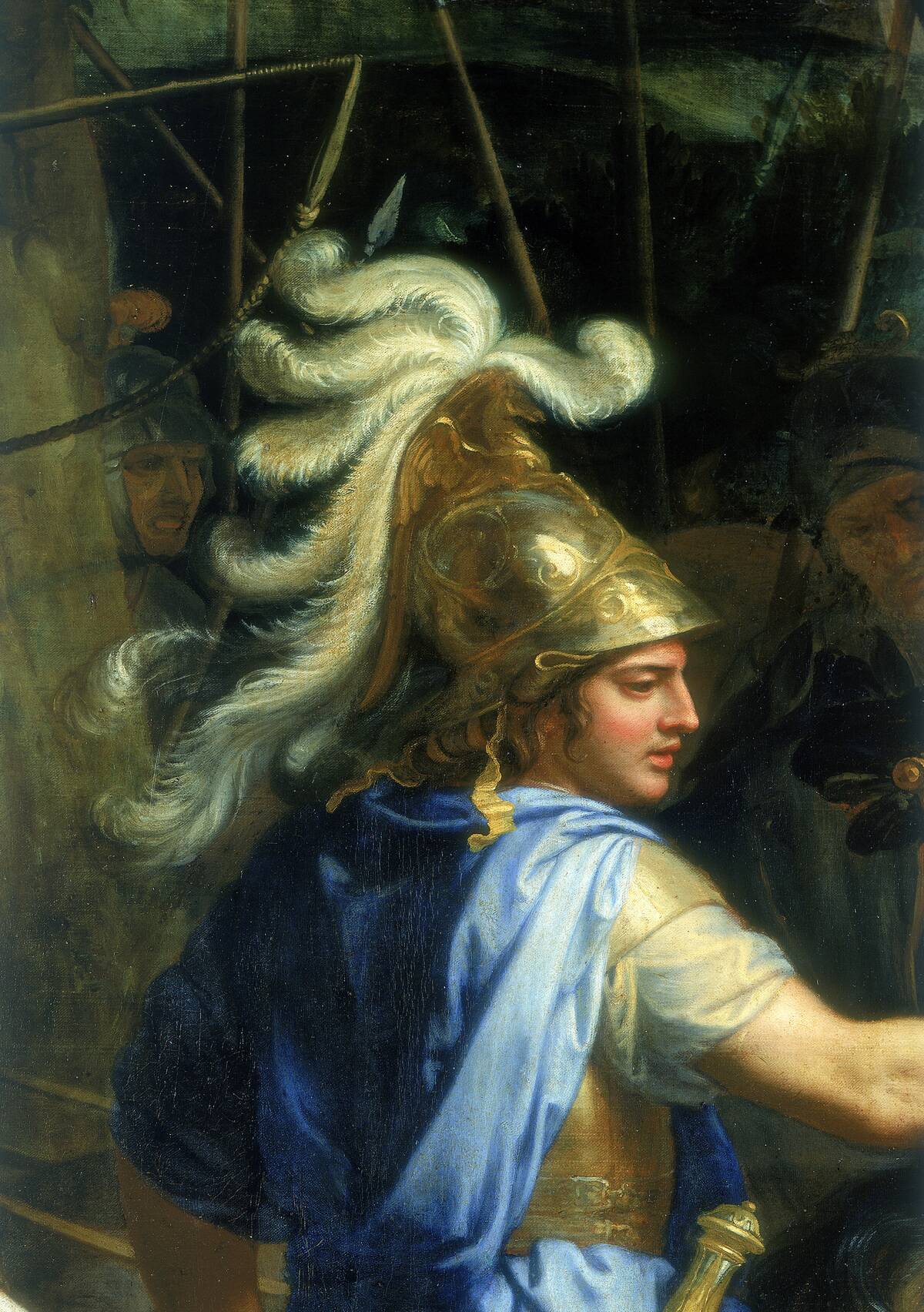
Alexander the Great, the Macedonian king, carved out an empire stretching from Greece to India in just over a decade. His conquests spread Greek culture across the known world, a phenomenon known as Hellenization.
Despite his military genius, Alexander’s empire was held together by his charisma and leadership. After his untimely death at 32, his empire fractured into several Hellenistic kingdoms, as his generals, the Diadochi, vied for control.
The Roman Empire: From Republic to Ruin
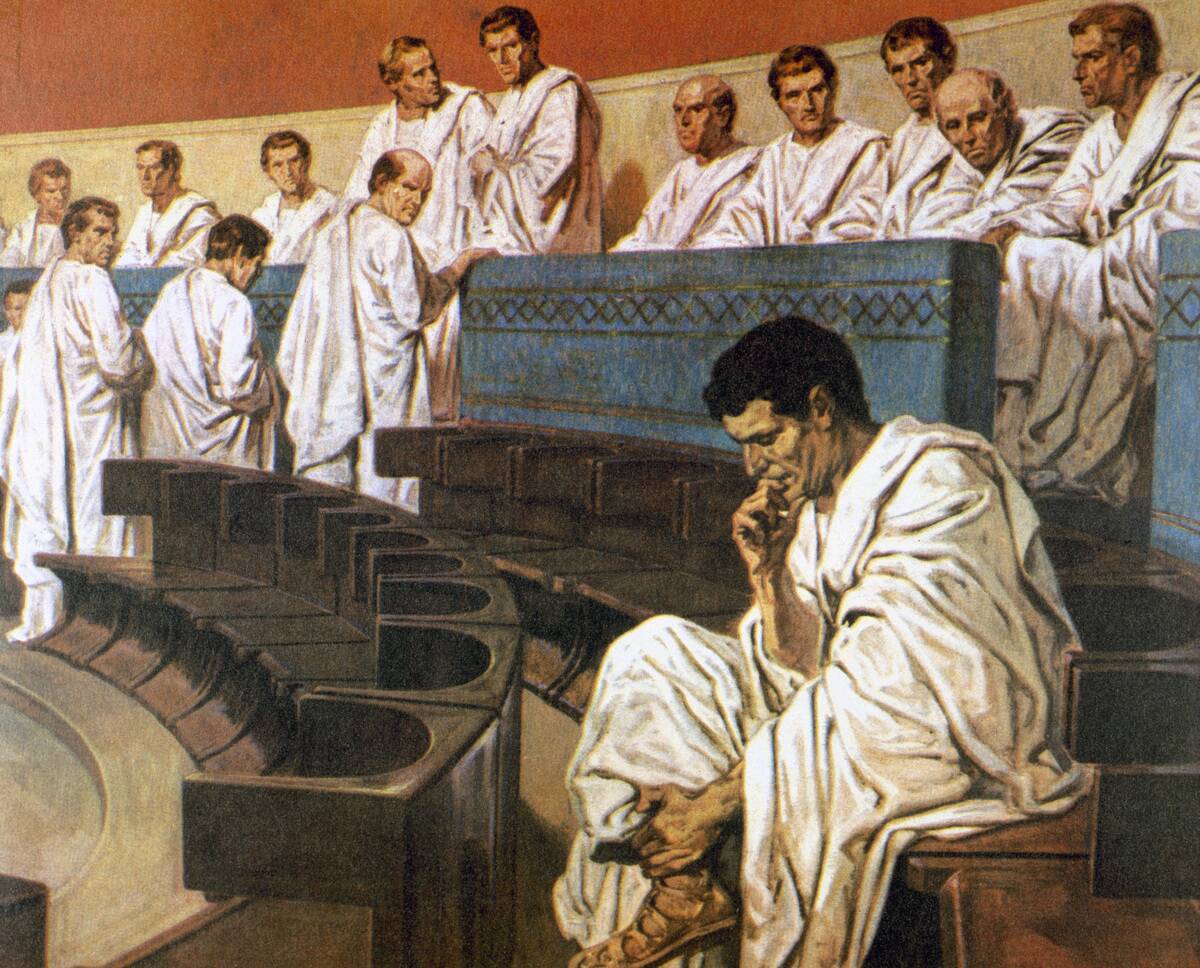
Rome began as a republic, emphasizing a system of checks and balances. However, internal strife and power struggles led to the rise of emperors like Augustus, marking the transition to an empire.
Rome’s vast network of roads and aqueducts facilitated trade and communication. Yet, economic troubles, military overreach, and barbarian invasions precipitated its downfall. The Western Roman Empire officially fell in 476 CE, while the Eastern half persisted as the Byzantine Empire.
China’s Han Dynasty: Innovations and Internal Strife
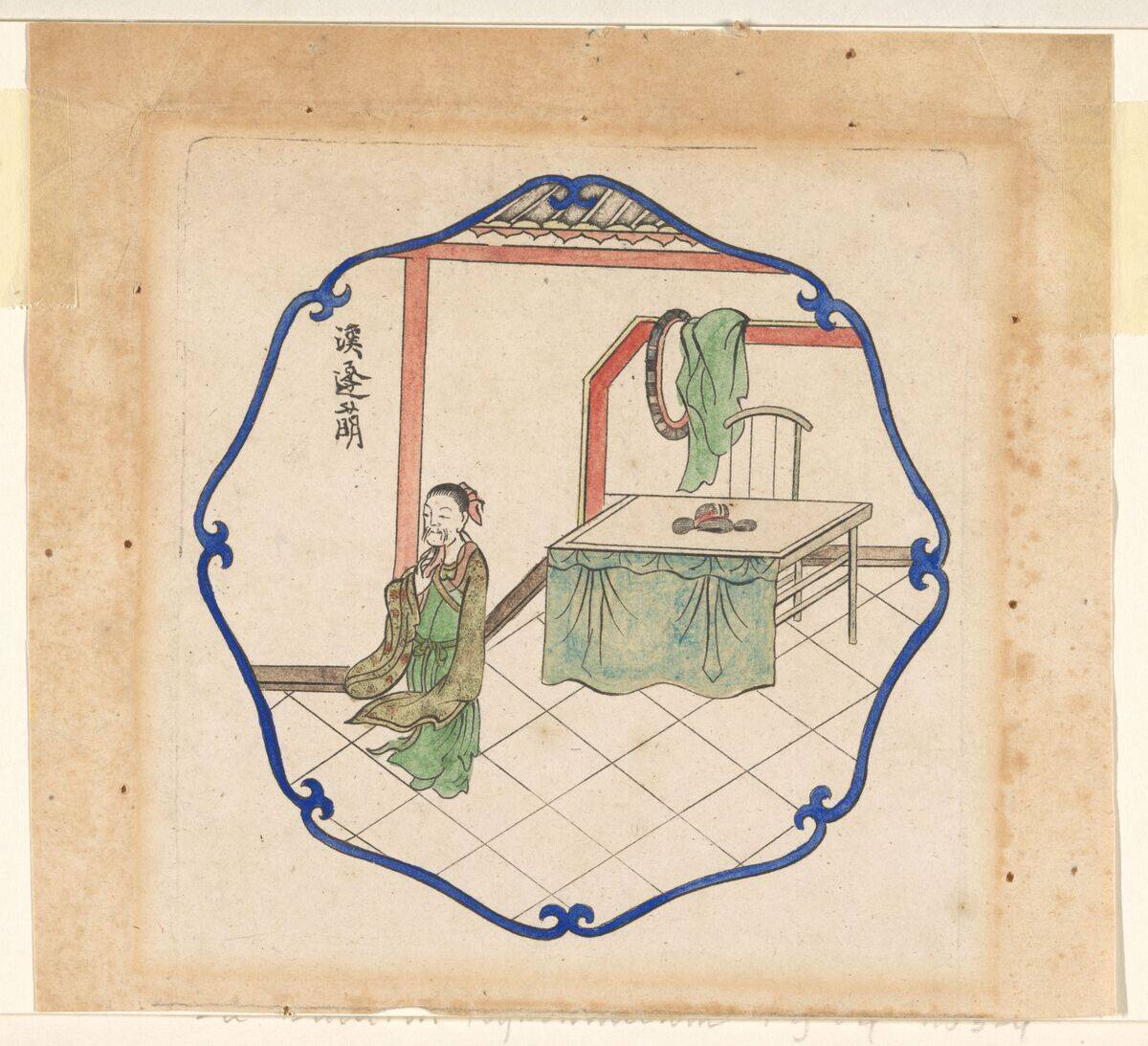
The Han Dynasty is often considered a golden age in Chinese history, marked by significant advancements in technology, culture, and trade. The invention of paper and the Silk Road trade routes were notable achievements.
However, the dynasty faced internal strife, including corruption and power struggles among eunuchs and officials. These issues, coupled with peasant uprisings like the Yellow Turban Rebellion, led to the eventual fragmentation of Han authority into the Three Kingdoms period.
The Gupta Empire: India’s Golden Age and Its Eclipse
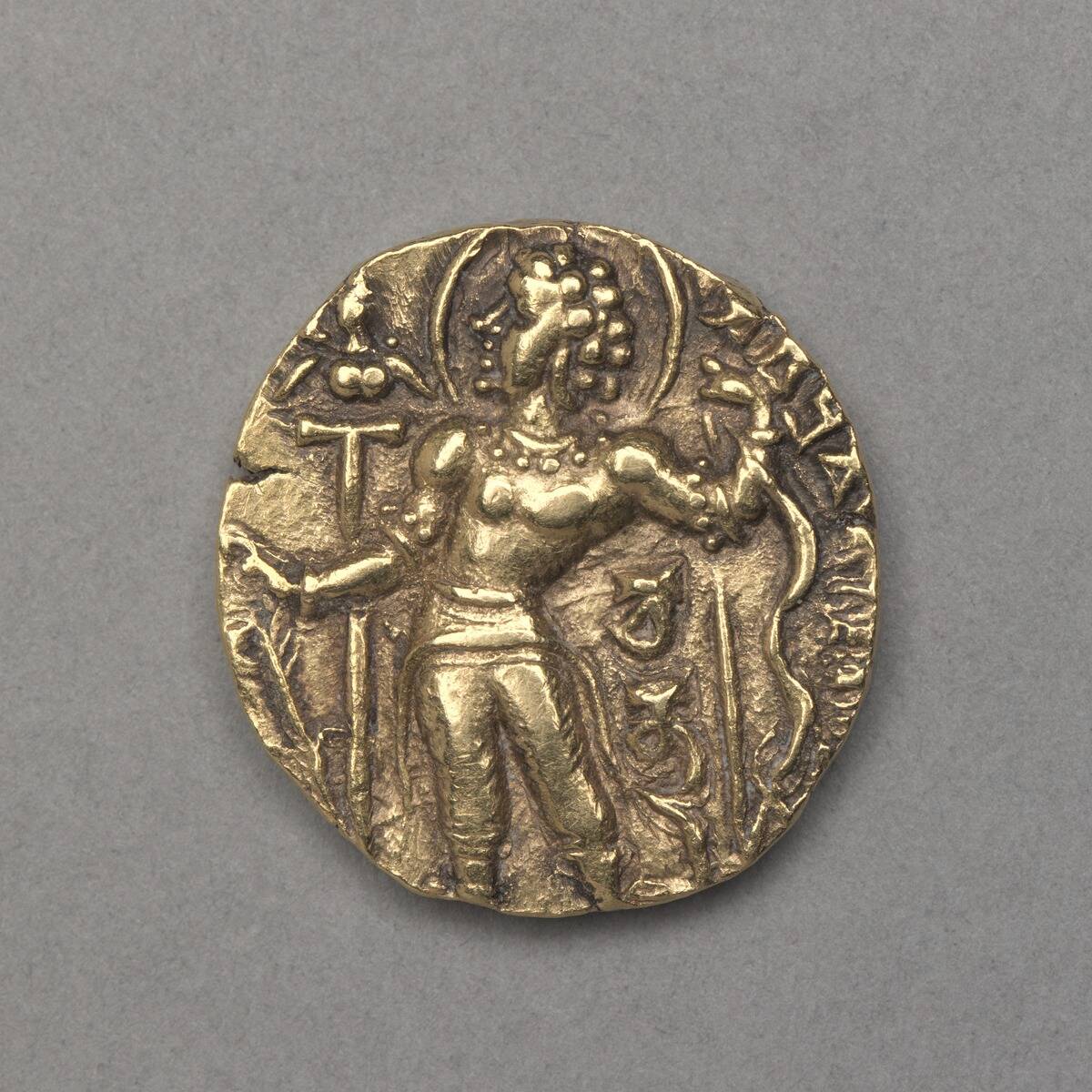
The Gupta Empire is often referred to as India’s Golden Age, a period marked by significant advancements in science, mathematics, and art. Scholars like Aryabhata made groundbreaking contributions to astronomy and mathematics.
However, the empire’s decline began with invasions by the Huns and internal political instability. The decentralization of power and the rise of regional kingdoms led to the gradual eclipse of Gupta dominance, yet their cultural and intellectual legacy persisted.
The Maya Civilization: A Calendar of Collapse

The Maya civilization is renowned for its sophisticated understanding of astronomy and time, evident in their elaborate calendar systems. They built impressive city-states with monumental architecture and intricate artwork.
Despite these achievements, the civilization experienced a mysterious decline around the 9th century, likely due to a combination of environmental factors, such as drought and socio-political upheaval. While the Maya cities were abandoned, their descendants continue to live in parts of Central America.
The Byzantine Empire: A Tale of Two Continents

The Byzantine Empire, the continuation of the Eastern Roman Empire, spanned two continents and served as a crossroads of culture and trade. Known for its capital, Constantinople, and the preservation of Greco-Roman heritage, the empire thrived for over a millennium.
The Byzantines were skilled diplomats and military strategists. However, religious conflicts, such as the schism with the Western Church, and relentless pressure from Islamic and later Ottoman forces led to its eventual fall in 1453.
The Inca Empire: The Fall of the Sun God’s Children
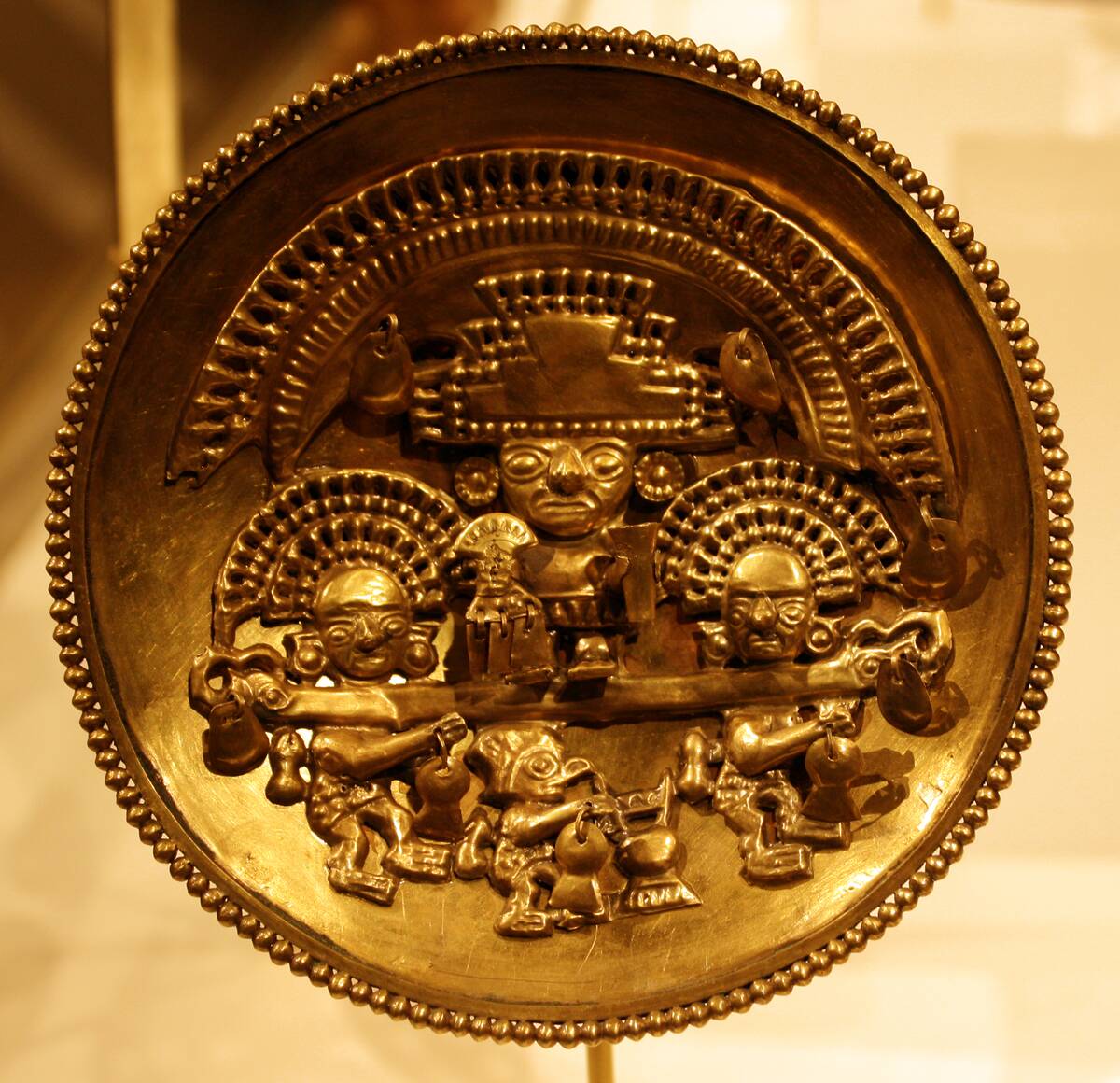
The Inca Empire, stretching across the Andes, was one of the largest empires in pre-Columbian America. Known for their impressive architecture, such as Machu Picchu, and advanced agricultural techniques, the Incas were devoted to their Sun God, Inti.
Despite their achievements, the empire fell rapidly to a small group of Spanish conquistadors led by Francisco Pizarro in the 16th century. The combination of superior weaponry, disease, and internal strife facilitated their downfall.
The Aztec Empire: The End of the Warrior Society
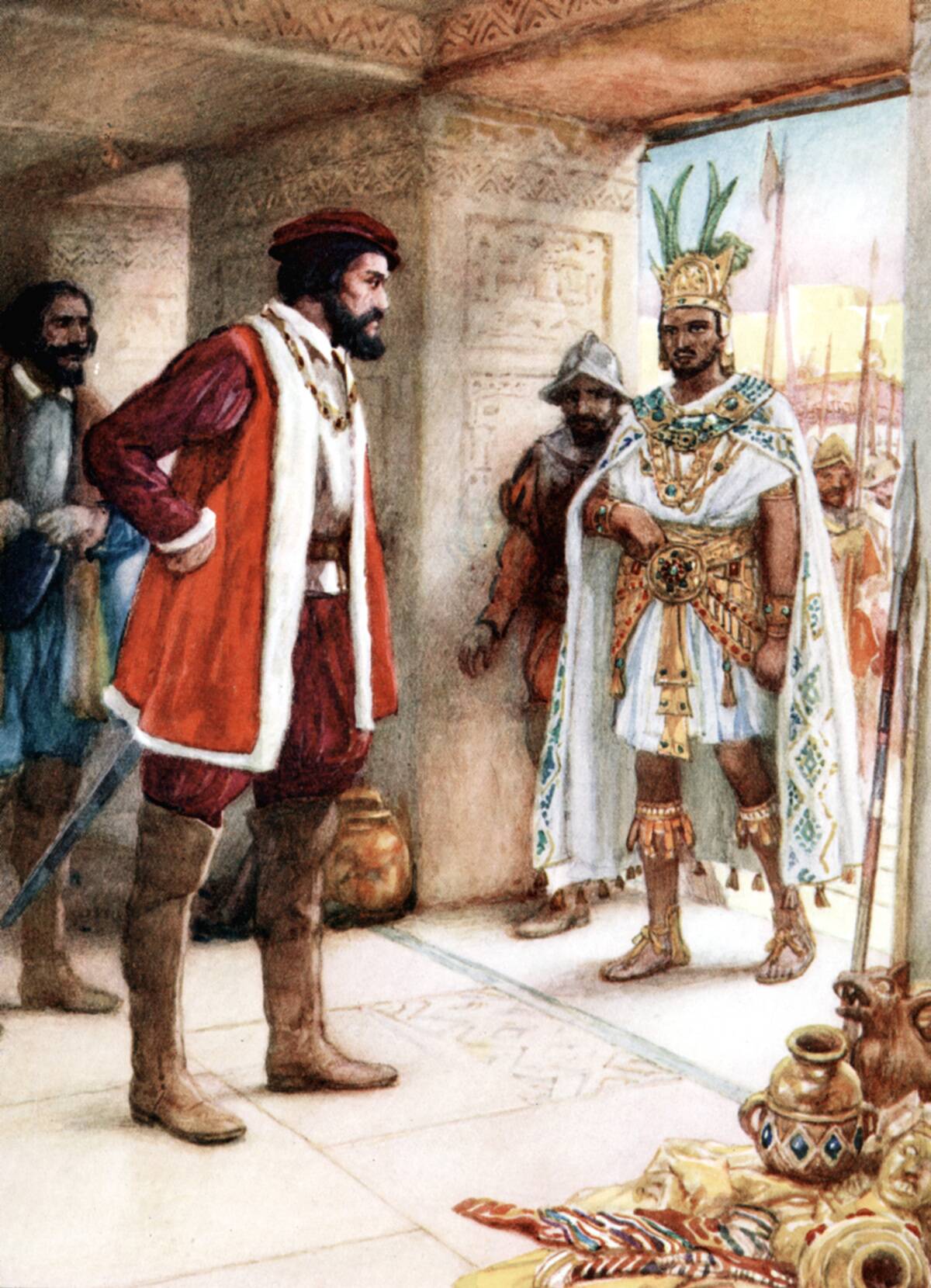
The Aztec Empire, with its capital Tenochtitlan, was a formidable power in Mesoamerica, known for its warrior culture and complex religious ceremonies. The Aztecs built impressive temples and developed a unique calendar system.
However, their society was abruptly ended by Spanish conquistadors led by Hernán Cortés. The Aztecs were weakened by European diseases and internal dissent, making it easier for the Spanish to conquer the once-thriving empire by 1521.



